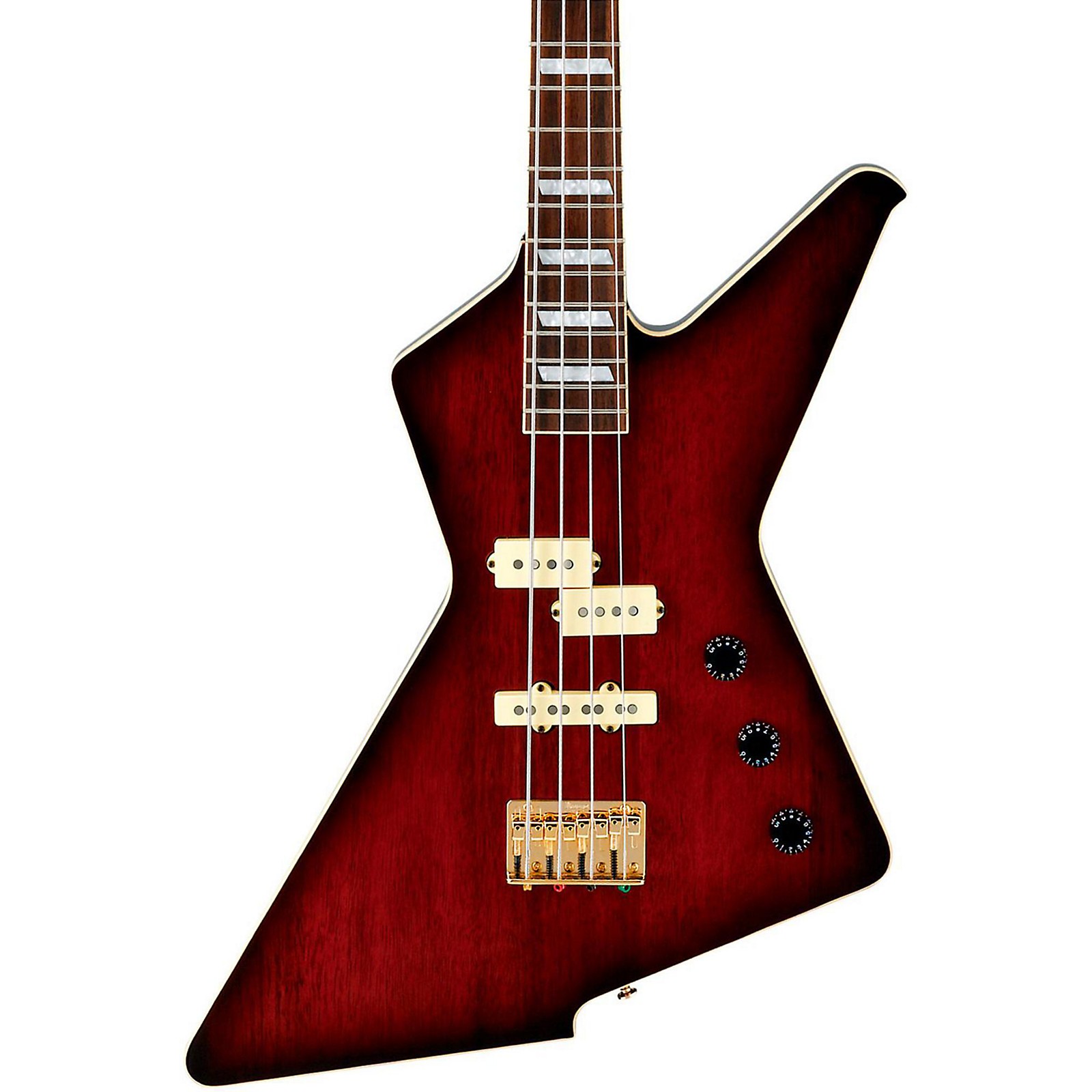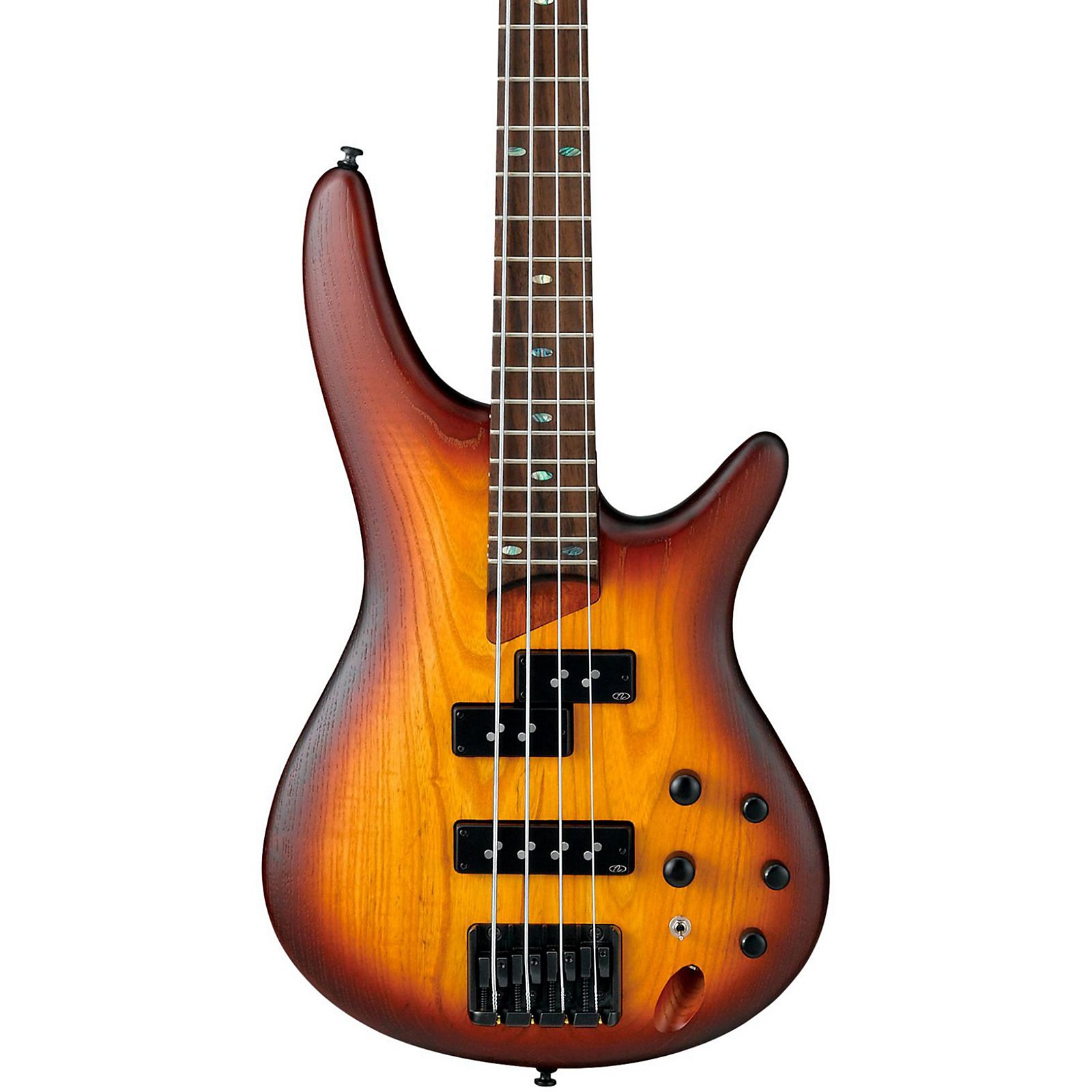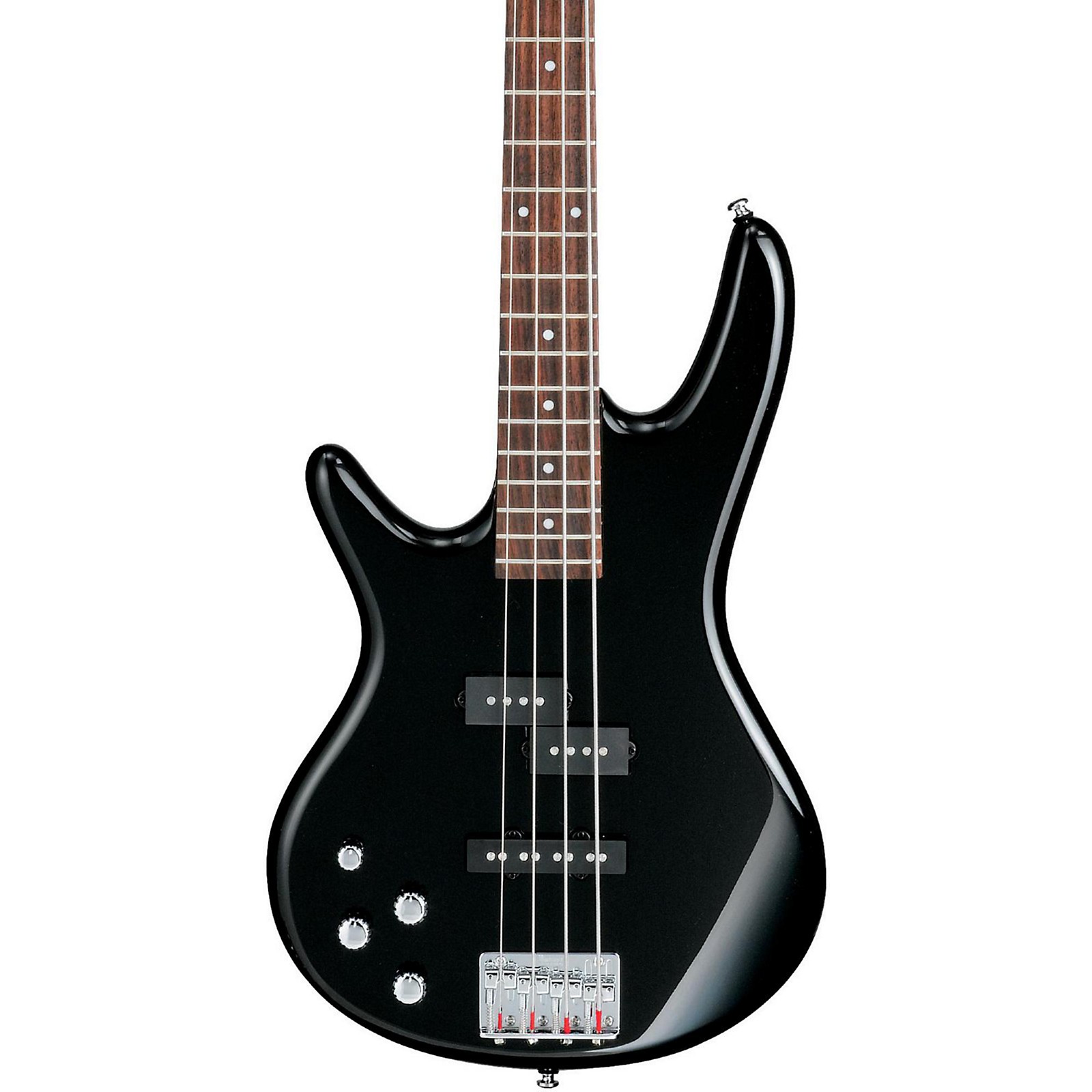Embark on a musical odyssey with the 4 string electric bass, a versatile instrument that has left an indelible mark on countless genres. From its inception to its enduring legacy, this guide will delve into the intricacies of the 4 string electric bass, exploring its construction, sound, techniques, and impact on the music industry.
Whether you’re a seasoned bassist or just starting your musical journey, this comprehensive guide will provide valuable insights and inspire you to embrace the boundless possibilities of the 4 string electric bass.
Bass Construction and Design: 4 String Electric Bass
The 4-string electric bass, a ubiquitous instrument in modern music, stands out with its unique construction and design that contributes to its distinctive sound and playability.
Compared to other bass guitars, the 4-string electric bass offers a balanced blend of versatility and simplicity. Its reduced number of strings allows for faster and more agile fingerwork, making it suitable for a wide range of musical genres, from rock and pop to jazz and funk.
Typically, 4-string electric bass guitars are constructed using a solid body made from various woods such as alder, ash, or mahogany. These woods provide a resonant and durable foundation for the instrument’s sound. The neck, usually crafted from maple or rosewood, features a fretboard with 20 to 24 frets, providing a comfortable playing surface.
Body Shapes and Styles
4-string electric bass guitars come in a diverse range of body shapes and styles, each contributing to the instrument’s overall aesthetic and sound. Some of the most common body shapes include:
- Precision Bass (P-Bass):Featuring a double-cutaway body with a distinctive “P” pickup, the P-Bass is known for its warm and punchy tone.
- Jazz Bass (J-Bass):Characterized by a single-cutaway body and two “J” pickups, the J-Bass offers a brighter and more versatile sound.
- StingRay:With its sleek and ergonomic body, the StingRay is renowned for its powerful and aggressive tone, thanks to its unique pickup design.
- Explorer:Featuring a distinctive “V” shape, the Explorer bass offers a unique and aggressive aesthetic, complemented by its powerful sound.
Electronics and Sound

The electronics of a 4-string electric bass play a crucial role in shaping its sound. The pickup configuration, preamp, and EQ work together to create a wide range of tonal possibilities.
Pickup Configurations
The pickup configuration of a bass refers to the number and placement of pickups on the body. Common configurations include:
- Single-coil pickup:Located near the bridge, it produces a bright, punchy sound with a lot of attack.
- Split-coil pickup:Similar to a single-coil but with two coils connected in opposite polarity, reducing hum and producing a warmer, fatter sound.
- Humbucker pickup:Consists of two coils connected in series, producing a fuller, thicker sound with less noise.
- P-Bass pickup:A split-coil pickup typically found in Fender Precision Basses, known for its warm, round sound.
- J-Bass pickup:A single-coil pickup typically found in Fender Jazz Basses, known for its bright, articulate sound.
Preamp and EQ, 4 string electric bass
The preamp and EQ are responsible for boosting the signal from the pickups and shaping its tone. The preamp provides gain and can also include features like compression and overdrive. The EQ allows for precise control over the bass, mid, and treble frequencies, enabling players to tailor the sound to their preferences.
Sonic Characteristics of Pickup Types
| Pickup Type | Sound Characteristics |
|---|---|
| Single-coil | Bright, punchy, high attack |
| Split-coil | Warm, fat, reduced hum |
| Humbucker | Full, thick, low noise |
| P-Bass | Warm, round, vintage sound |
| J-Bass | Bright, articulate, versatile |
Playing Techniques
Mastering the 4-string electric bass requires exploring diverse playing techniques that shape the instrument’s sonic versatility. These techniques encompass fingerstyle, pick, and slap, each leaving a distinct imprint on the music.
String gauge and scale length are crucial factors influencing the playability and sound of the bass. Thicker strings offer a fuller, warmer tone but demand greater finger strength, while thinner strings facilitate faster runs and articulation.
Fingerstyle
Fingerstyle, the most common technique, involves plucking the strings with the fingers, allowing for intricate melodies and precise control over dynamics. Notable fingerstyle bassists include Jaco Pastorius, whose groundbreaking techniques revolutionized the instrument’s role in jazz and fusion.
Pick
Using a pick produces a brighter, more aggressive sound, often favored in rock and metal. Pick players like Steve Harris (Iron Maiden) and Geddy Lee (Rush) have demonstrated the technique’s power and versatility.
Slap
Slap bass, characterized by a percussive, funky sound, involves slapping the strings with the thumb and pulling them with the index finger. Notable slap bassists include Larry Graham (Sly and the Family Stone) and Marcus Miller, who have pioneered the technique’s use in jazz and R&B.
Genres and Applications

The 4-string electric bass guitar has proven its versatility in a wide array of musical genres, spanning from rock and pop to jazz and funk. Its ability to provide a solid rhythmic foundation and melodic support has made it an indispensable instrument in countless iconic songs and albums.
Rock and Pop
- The Beatles’ “Come Together” features a driving bass line that anchors the song’s groove.
- Queen’s “Another One Bites the Dust” showcases the bass’s ability to create a catchy and memorable melody.
Jazz and Funk
- Jaco Pastorius’s work on Weather Report’s “Birdland” demonstrates the bass’s melodic and improvisational capabilities.
- James Brown’s “Sex Machine” features a funky bass line that provides the song’s infectious groove.
Musical Ensembles
The 4-string electric bass plays a crucial role in various musical ensembles:
- In bands, the bass provides the rhythmic foundation and supports the harmonies created by other instruments.
- In orchestras, the bass adds depth and warmth to the overall sound, often doubling the cello or tuba.
- In studio recordings, the bass is often used to create a solid foundation for overdubs and to enhance the overall sonic balance.
Brands and Models
The electric bass guitar has evolved significantly since its inception in the 1930s, with numerous brands and models emerging over the decades. Each brand and model offers unique features and specifications, catering to the diverse needs of bassists.
Popular 4-String Electric Bass Models
The following table compares the features and specifications of some popular 4-string electric bass models from different brands:
| Brand | Model | Body Material | Neck Material | Fingerboard Material | Pickups | Electronics |
|---|---|---|---|---|---|---|
| Fender | Precision Bass | Alder | Maple | Rosewood | Split-coil humbucker | Passive |
| Gibson | EB-3 | Mahogany | Mahogany | Rosewood | Single-coil | Passive |
| Ibanez | SR300E | Mahogany | Bubinga | Rosewood | Humbucker | Active |
| Yamaha | TRBX304 | Alder | Maple | Rosewood | Humbucker | Passive |
| Sterling by Music Man | Ray34CA | Alder | Maple | Rosewood | Humbucker | Active |
Historical Significance and Evolution of Brands
Different electric bass brands have played significant roles in shaping the sound and style of bass playing. Fender, for instance, is renowned for its Precision Bass, which has been a mainstay in popular music since the 1950s. Gibson’s EB-3, with its unique hollow body and mudbucker pickup, has been a favorite of bassists in genres such as rock and blues.
Ibanez has gained recognition for its innovative designs and use of active electronics, while Yamaha has established a reputation for producing high-quality instruments at affordable prices.
Notable Bassists and Endorsements
Numerous notable bassists have endorsed or used specific 4-string electric bass models. Some notable examples include:
- James Jamerson (Fender Precision Bass)
- Jaco Pastorius (Fender Jazz Bass)
- John Entwistle (Gibson EB-3)
- Flea (Ibanez SR300E)
- Marcus Miller (Fender Jazz Bass)
Conclusion

As we conclude our exploration of the 4 string electric bass, it’s evident that this instrument is more than just a collection of strings and wood; it’s a conduit for creativity, expression, and musical connection. Its versatility, iconic sound, and enduring popularity make it a true cornerstone of the music world.
Embrace the 4 string electric bass and unlock your musical potential, leaving your own unique mark on the ever-evolving tapestry of sound.
General Inquiries
What are the advantages of a 4 string electric bass compared to other bass guitars?
4 string electric basses offer a balance of playability, versatility, and affordability, making them a popular choice for beginners and experienced bassists alike.
What are the different pickup configurations available for 4 string electric basses?
Common pickup configurations include single-coil, humbucker, and P/J pickups, each offering distinct tonal characteristics.
How does string gauge affect the sound and playability of a 4 string electric bass?
Heavier strings produce a fuller, warmer sound but require more finger strength to play, while lighter strings are easier to play but may have a brighter, thinner tone.